INTRODUCTION
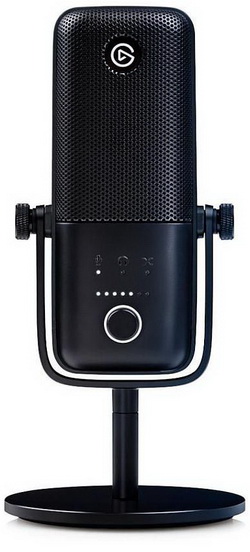
USB microphones may have reached new popularity heights mainly because of all the video streamers and content creators out there today but owning one is never a bad idea, especially if you happen to use your PC for audio and/or video calls with applications like Skype and/or Viber. However just like with any other PC peripheral in the market choosing the right USB microphone to cover your needs is not the easiest task, not when there are numerous manufacturers of such devices in the market, both old and new. And even the amount of available choices was not enough the different features and specifications each model packs only makes things harder. Elgato really needs no introductions and since they just launched their latest Wave line of USB microphones i just had to check their top model out.
Elgato is the leading provider of hardware and software for content creators, leveraging decades of experience to develop widely-accessible products that empower all creators to produce high-quality, professional content. A leader in game capture, Elgato offers four powerful game capture cards, the Stream Deck controller, and accompanying software that enables creators to easily record, upload, and livestream professional content. Designed in Germany and California, Elgato products are distributed by major retailers in over eighty countries around the world. In July 2018, Elgato was acquired by CORSAIR, and remains a separate brand within CORSAIR.
Elgato just released the Wave:1 and Wave:3 USB microphones (USB-C to be precise) both of which are based on the condenser design which Elgato has tuned for speech (in cooperation with seasoned sound engineers and recording professionals from LEWITT Audio) by using a tight cardioid polar pattern (this means that both Wave microphones are designed to pick sound primarily located in front of them). Aside their very similar design both Wave models also share several specifications and features between them including a max bit depth of 24-bit, 17mm electret capsules, frequency response of 70Hz-20KHz, -25dB sensitivity, max SPL of -120dB, dynamic range of 95dB (115dB with clipguard enabled), Elgato's proprietary clipguard technology (thanks to a second audio channel at reduced volume you can get as loud as you'd like without worrying about the end result), real time monitoring (sound is routed directly to the headphone output), PC audio return via USB (sound is routed into the built-in headphone port), enhanced low-cut filter (cuts out all frequencies under 80Hz thus reducing audio distortion), internal pop filter (clearer audio), headphone output, control dial, mute button, steel grille and a heavy duty desk stand. Still the higher-end Wave:3 model does pack several improvements including a maximum sample rate of 96Khz (compared to the 48Khz of the Wave:1), top capacitive mute button (touch sensitive), larger size and extra controls for input gain, mic and PC monitor crossfade. So, on paper the Wave:3 may be the dream USB microphone for streamers but let's see if that's really the case.
SPECIFICATIONS AND FEATURES

PACKAGING AND CONTENTS
Once again Elgato is using a blue box the front of which is taken by a large product picture.
The main product features and the contents of the bundle are printed on the left side.
Both the features and technical specifications of the Wave:3 can be found at the rear of the box.
Once you open the main box you will see that the microphone is placed inside a synthetic cover and between two pieces of cardboard whereas the rest of the bundle sits inside a small box.
Along with the Wave:3 USB microphone and its USB-C to USB-A cable Elgato also packs a quick-start guide, safety paper and a boom arm adapter.
THE WAVE:3
The latest Wave:3 USB microphone by Elgato is primarily made out of steel, measures 153mm in height, 66mm in width and 40mm in thickness and weighs a total of 585g (stand included).
Elgato has placed their logo at the top of the front steel grille (behind the grille there's a multi-layer pop filter and past that the premium condenser capsule).
Beneath the steel grill we find the multifunctional dial (from here you can tweak the input gain, adjust output volume, and crossfade between your mic and PC audio mix) and a total of 11 activity LEDs (including the ring surrounding the clickable dial).
Both the USB-C and headphones out ports are located at the lower rear end of the microphone.
Attention to detail is never a bad thing so it's nice to see that Elgato has placed their logo on the two thumbscrews which can be used to remove the microphone from its U bracket (or you can just remove the base and use the bundled boom arm adapter afterwards).
At the top of the Wave:3 we find the capacitive mute button (gently touch it to mute/unmute audio).
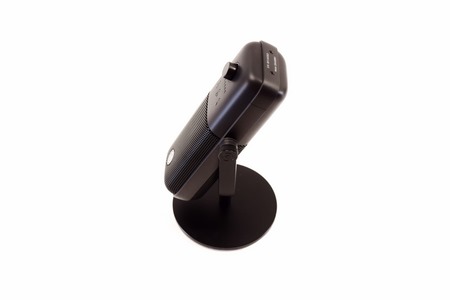
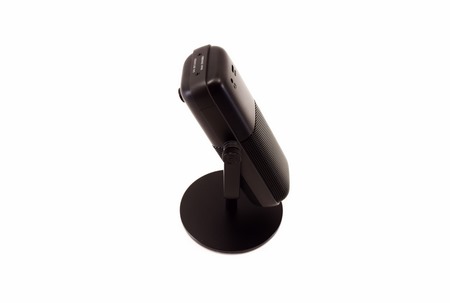 Worth pointing out is that the bundled stand has a free range of motion so you can rotate the microphone up to roughly 130 degrees on both the front and rear (not that you'd need to of course).
Worth pointing out is that the bundled stand has a free range of motion so you can rotate the microphone up to roughly 130 degrees on both the front and rear (not that you'd need to of course).
The base of the stand is not only heavy (308g) but also sits on a piece of rubber which means that the microphone will stay where you put it.
In the above pictures you can see the activity LEDs of the Wave:3 (when muted the ring around the dial turns red).
WAVE LINK SOFTWARE
The Wave Link software by Elgato offers streamers and content creators an easy way to "control" the Wave:3 microphone (even allows the creation of two completely independent output mixes for you and for your audience – which you can of course monitor on the fly).
Streamers will also be happy to know that the Wave:3 supports every popular streaming software in the market today.
By clicking on the Wave:3 input you can enable/disable both the lowcut filter and the clipguard features.
Needless to say, you can adjust/change inputs by clicking on them and you can also add new ones as seen above.
Wave Link has reached version 1.1 (1982) at the time of this review so i expect more features to get added as time goes by.
CONCLUSION
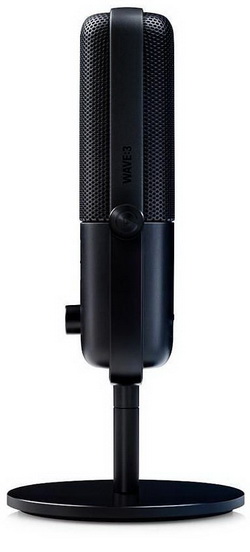
As most of you know I'm not a streamer so i never use any of the USB microphones i test as a streamer, which is also why i didn't use any of the streaming software available today for this review (as evident from the Wave Link software page). Still i do use both Skype and Viber quite a lot and on top of that i do happen to play many online games with friends (like World of Warships, DCS World, GTA V and Modern Warfare 2 online) so testing microphones is not hard at all. Now as you may have noticed the Wave:3 has but one serious flaw, it features but a single polar pattern (cardioid) and that may actually disappoint some potential buyers who may want a USB microphone which can record audio just as well from the front/rear and/or from all sides. However, we must also not forget that the Wave:3 is aimed towards a specific segment of the market, streamers and so for like 90% of them out there cardioid is the way to go (since they all sit in front of the microphone). So, add that to the fact that the Wave:3 records extremely clear and accurate audio (check the usual audio clip i record here) and i really see no issues with it. On top of that more demanding streamers will be glad to learn that the Wave:3 can be paired with an optional front pop-filter and a shock-mount, two things/extras we don't see a lot in this industry. As for the Wave Link software well it's not perfect and i do think it needs some polishing but it's generally easy to use and that's what matters most.
Elgato officially launched the Wave:3 USB-C microphone a couple of hours ago for a price of USD175.12 inside the USA (Amazon.com) and for 169.99Euros inside the EU (Amazon.de). Now at first this might seem as a bit much for a USB microphone but taking into account the build quality, audio clarity and features of the Wave:3 i don’t think that’s the case. Yes, i wouldn’t say no to a slight price reduction but that being said demanding streamers and content creators should have no problem spending a bit more for a premium product. At the same time however casual users who are after a USB microphone for Skype and Viber calls should probably look elsewhere, solely due to price concerns (some may also need different polar patterns). That being said the Wave:3 by Elgato is a very good cardioid polar patter USB microphone and that’s why it gets our Golden Award.

PROS
- Excellent Build Quality
- Audio Clarity
- Clipguard & Lowcut Filter Features
- Headphone Output
- Realtime Monitoring & Mixing
- Internal Pop Filter
- Wave Link Software
- Capacitive Mute Button
CONS
- Price (For Some)
- Single Polar Pattern (For Some)

 O-Sense
O-Sense





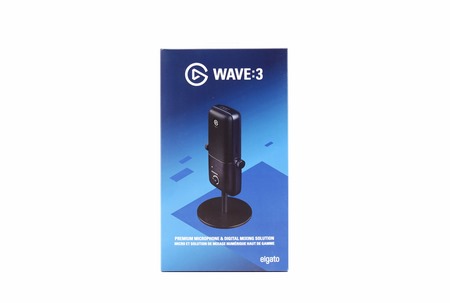
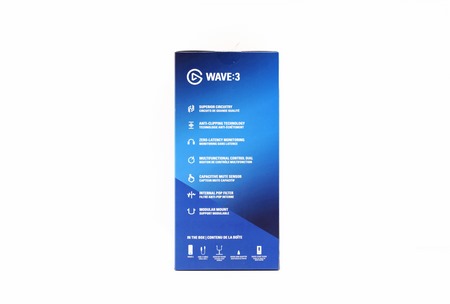
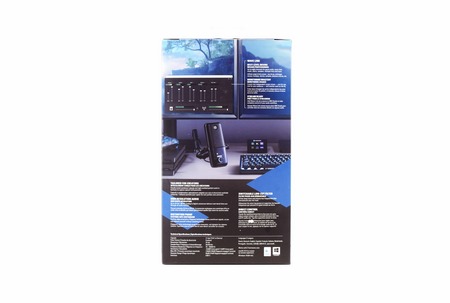
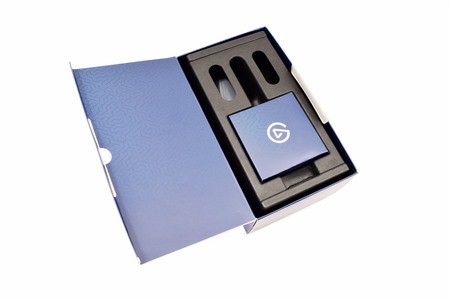
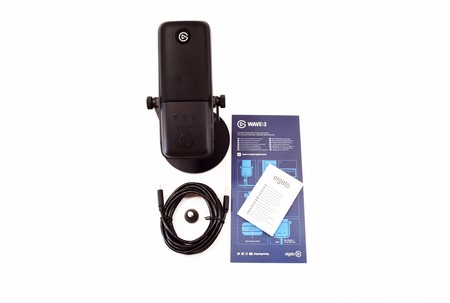
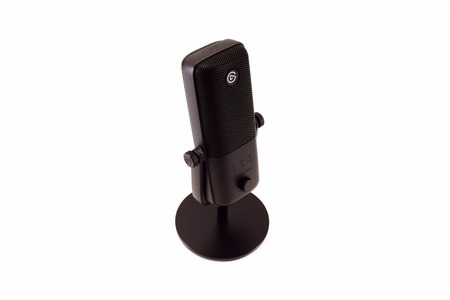
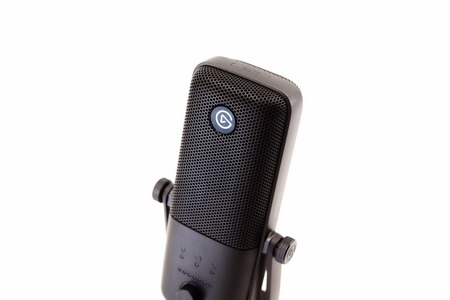
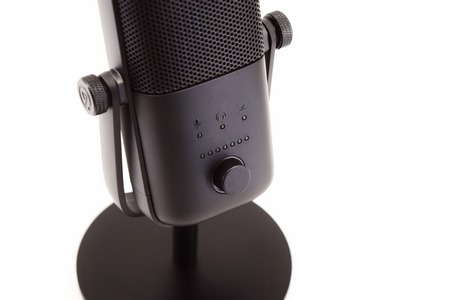
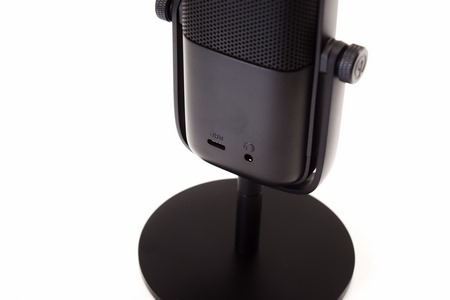
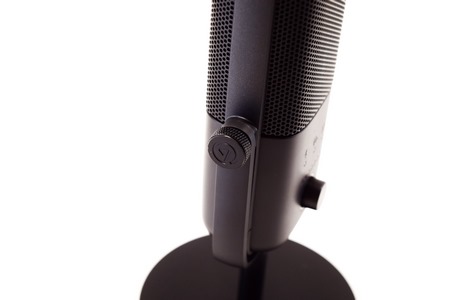
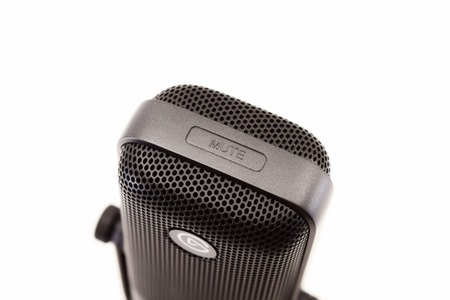
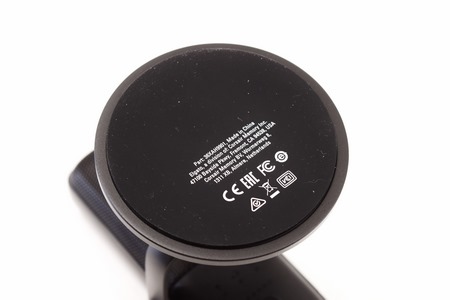
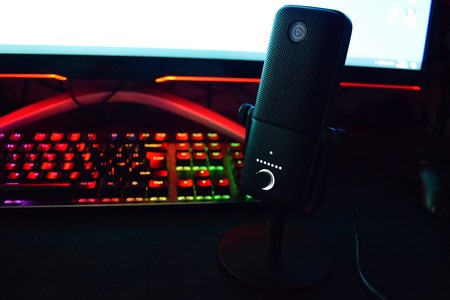
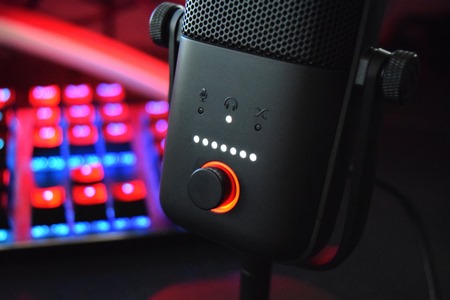
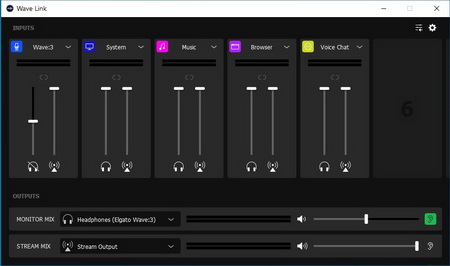
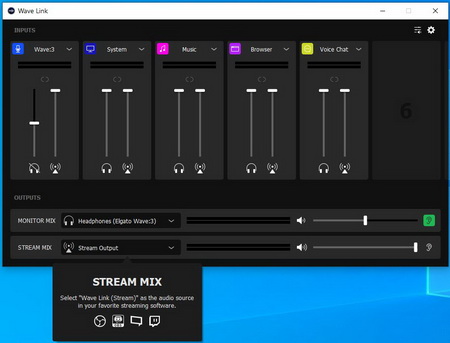
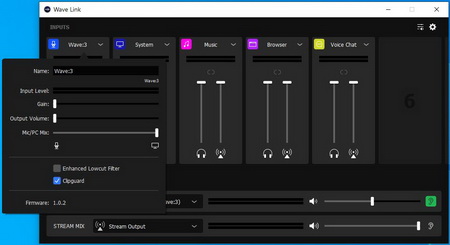
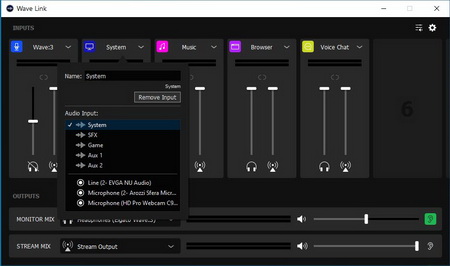
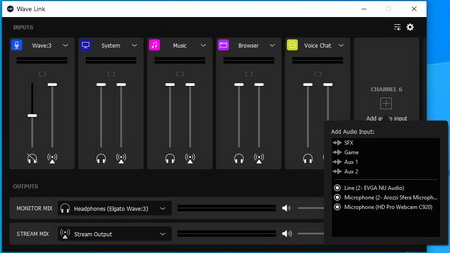
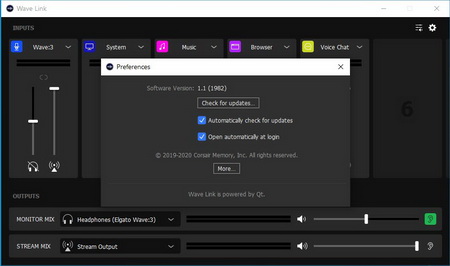


.png)

